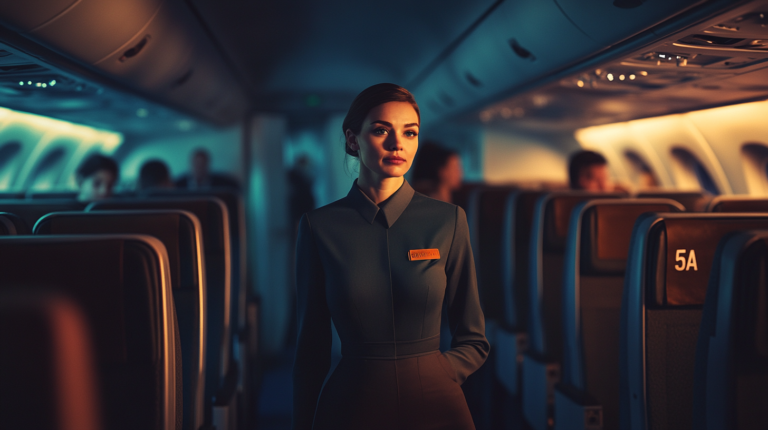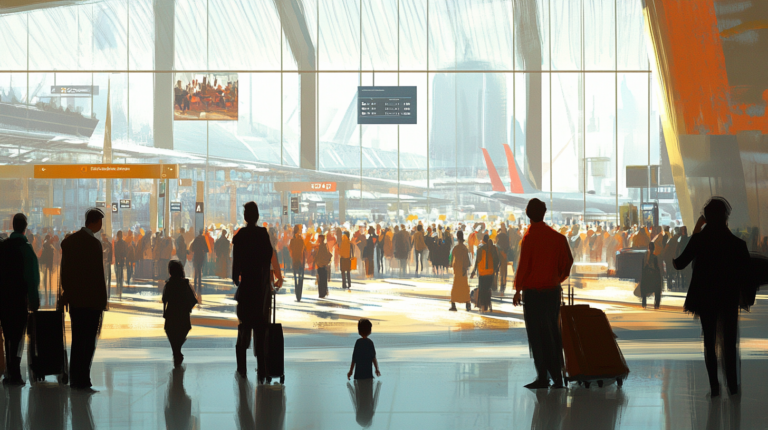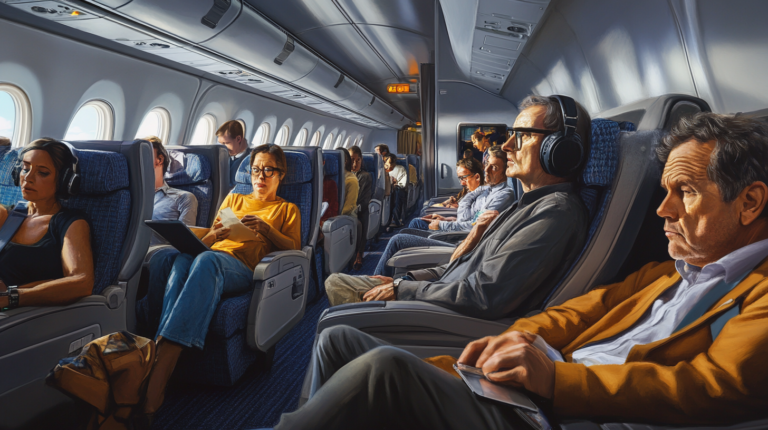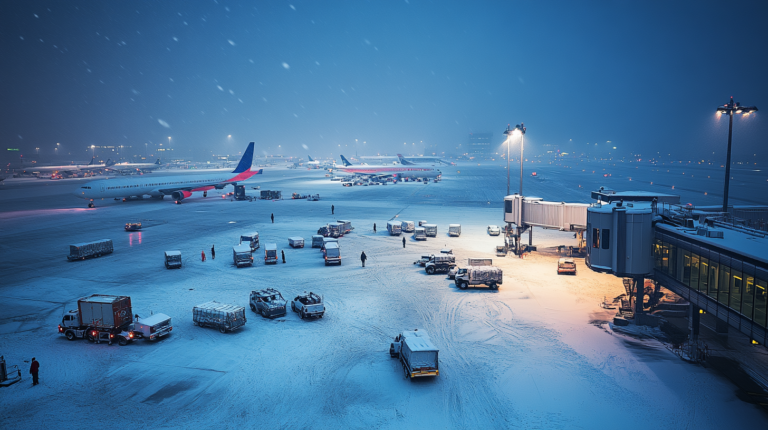First Class vs Business Class: Navigating the Pinnacle of Air Travel Luxury
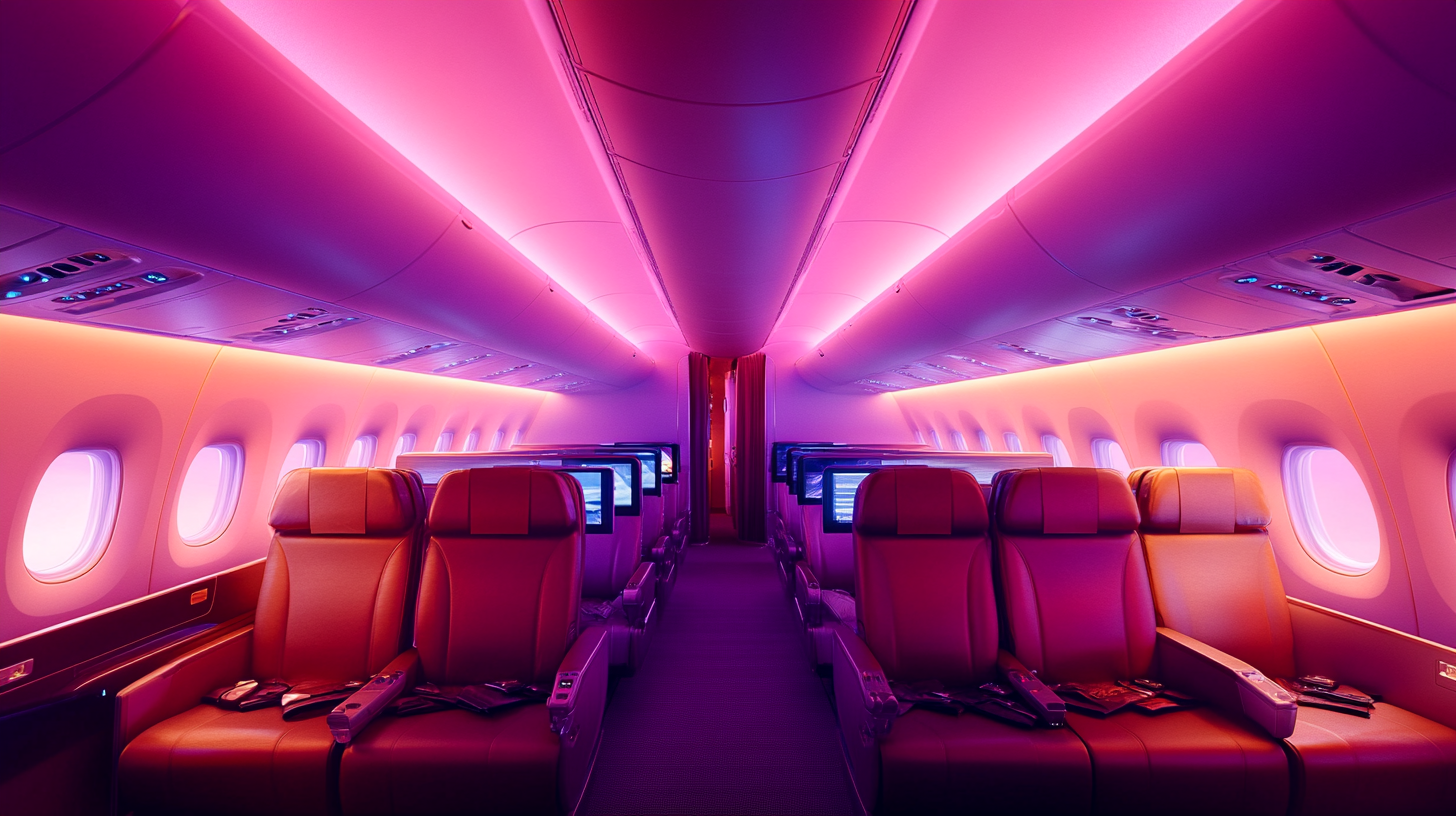
In the ever-evolving world of air travel, the distinctions between first class and business class have both blurred and intensified over the years. As airlines compete to offer the most luxurious and comfortable experiences, travelers are presented with a wealth of options that can transform a routine flight into a lavish journey. For those seeking an elevated experience above economy seating, understanding the nuances between these premium classes is essential. Whether it’s the allure of a private suite at 35,000 feet or the promise of a fully reclining seat with exquisite dining, the choice between first and business class can significantly impact your travel satisfaction. This comprehensive guide delves into the history, features, amenities, and current trends of first and business class travel, helping you make an informed decision for your next journey.
The Evolution of Premium Air Travel
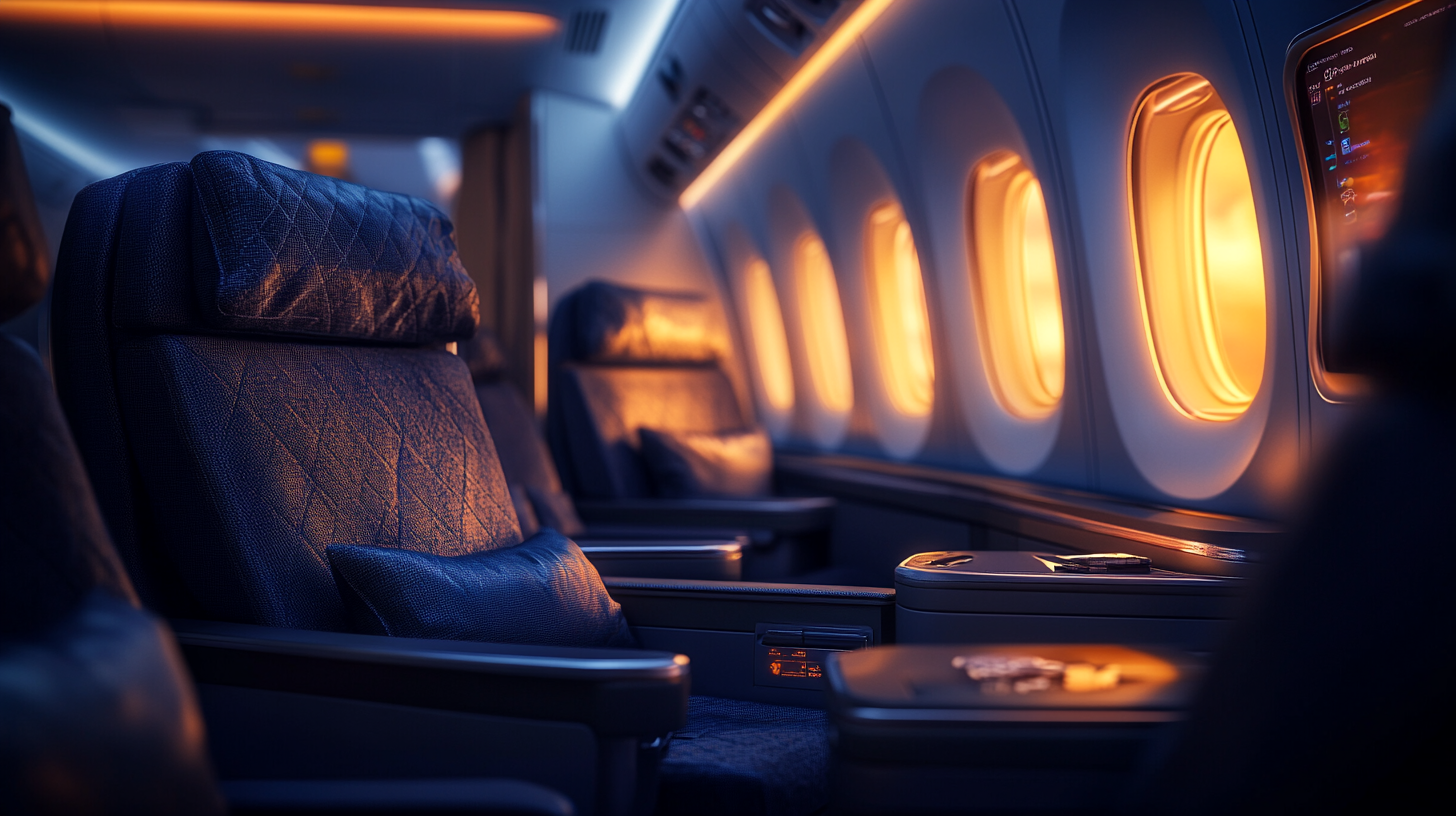
Historical Background
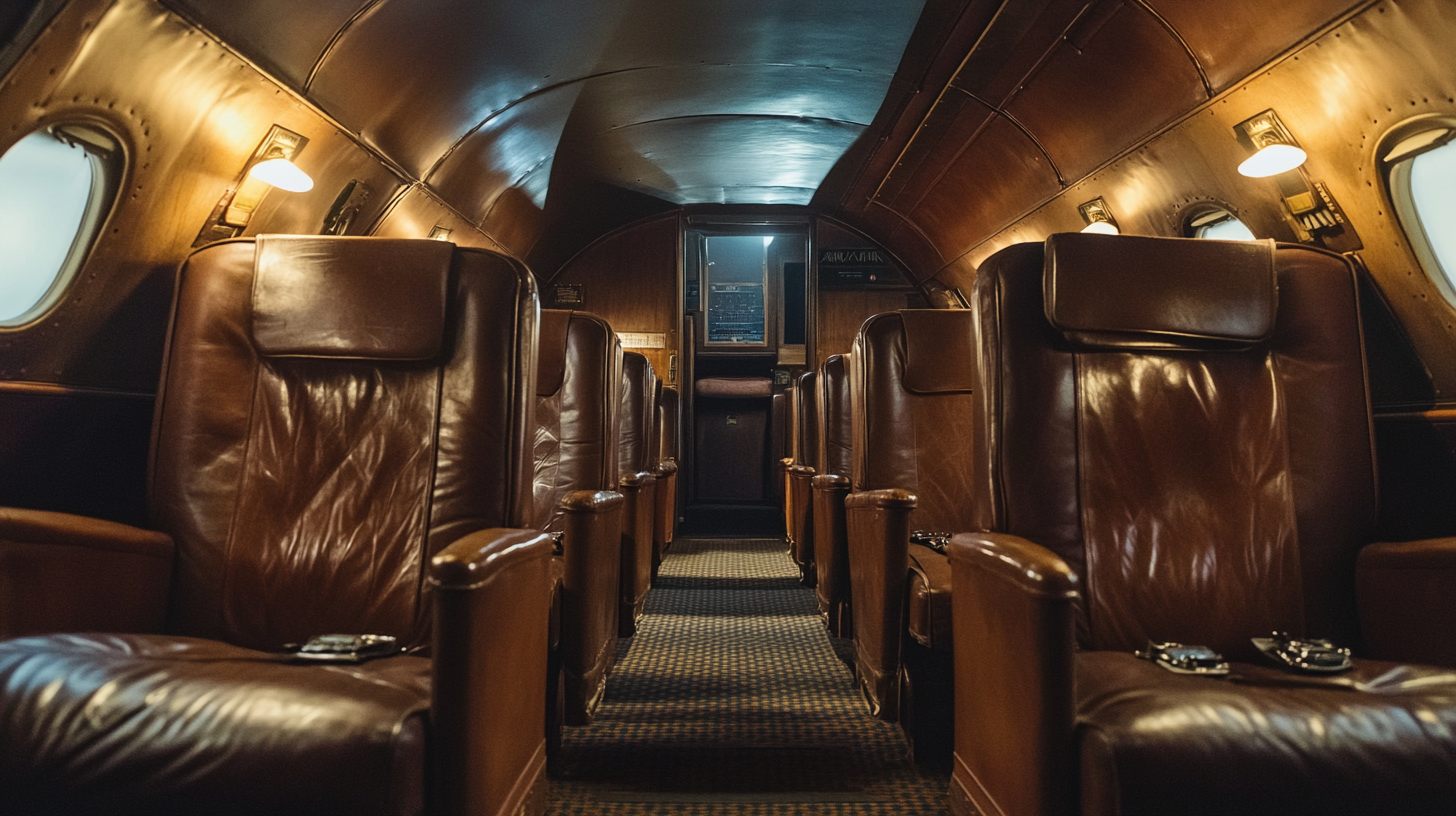
The concept of luxury air travel has significantly evolved since its inception. In the golden age of aviation during the 1950s, Trans World Airlines (TWA) introduced the world to First Class, setting a new standard for comfort and service in the skies. Passengers could enjoy spacious seating, gourmet meals served on fine china, and attentive service that rivaled that of five-star hotels. This move catered to a growing market of affluent travelers seeking exclusivity and superior amenities as commercial aviation became more accessible. The allure of first class was not just about reaching a destination; it was about the journey itself being an unforgettable experience.
Two decades later, in the 1970s, British Airways pioneered the Business Class offering. Recognizing that business travelers needed more comfort and flexibility without the opulence (and cost) of first class, airlines introduced enhanced seating, improved meal services, and additional amenities. This new class bridged the gap between the extravagance of first class and the practicality of economy, providing enhanced comfort without the premium price tag of first class. This shift marked a significant evolution in airline services, reflecting changing market demands and the globalization of business.
Defining First Class and Business Class
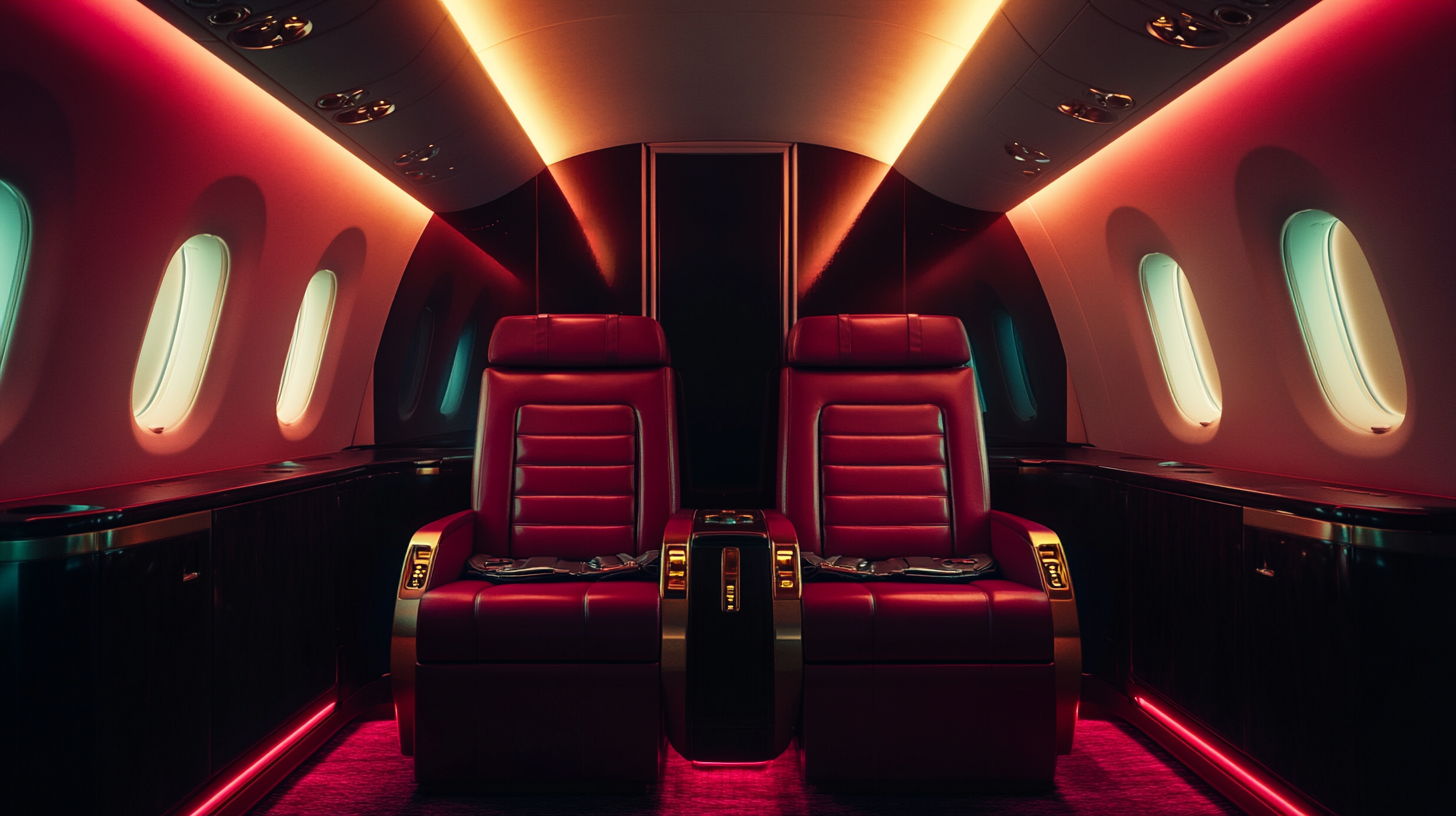
Domestic vs. International Flights
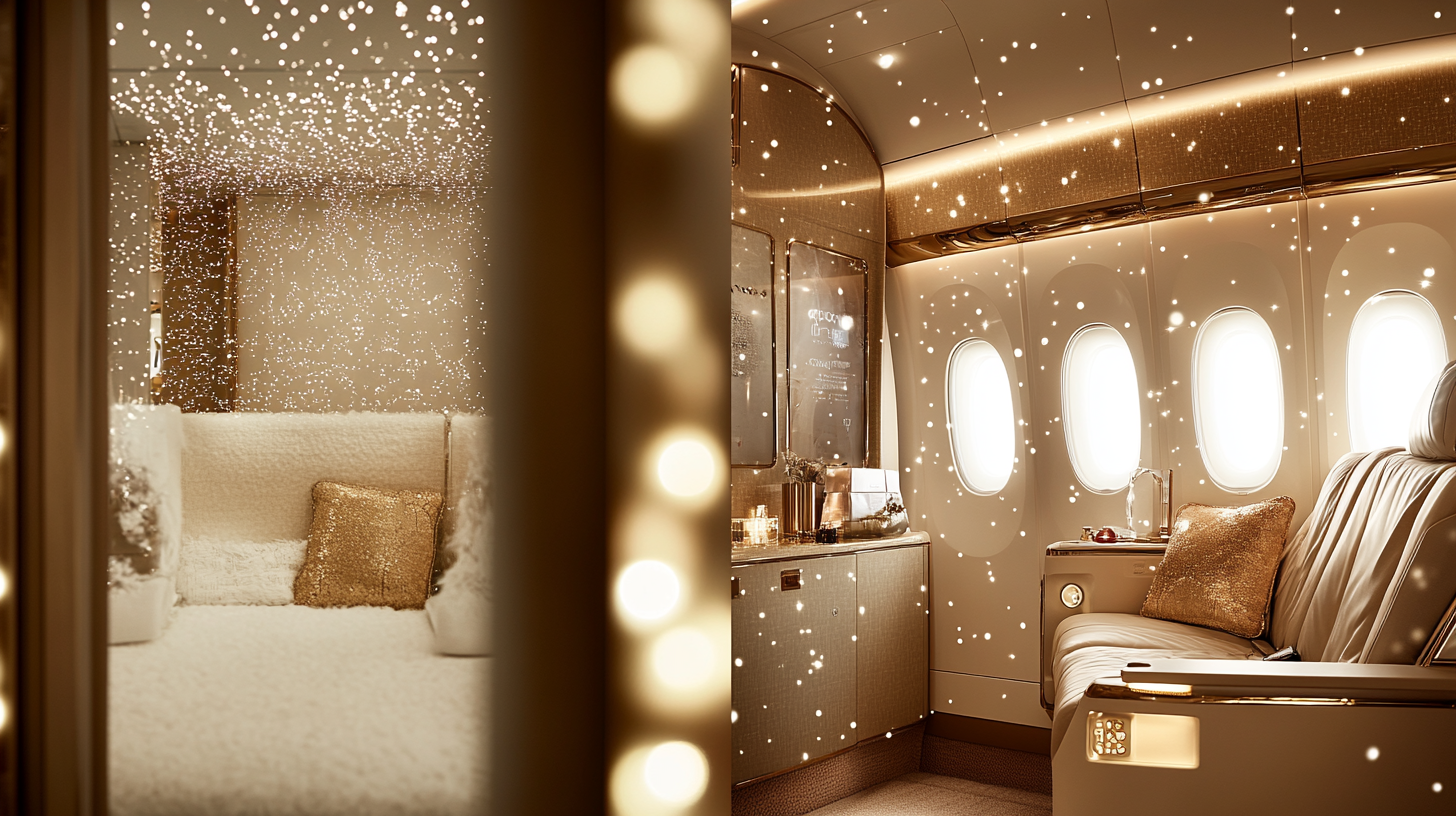
On domestic flights within the United States, the term “first class” is commonly used to describe the premium cabin. However, this domestic first class often differs significantly from the opulent international first class offerings that many travelers envision. For instance, while domestic first class may include wider seats, complimentary beverages, and priority boarding, it typically lacks the private suites, lavish dining, and personalized services found on international routes. In contrast, international flights operated by major carriers feature both business and first class cabins, with the latter providing a markedly more luxurious experience that can include lie-flat beds, private compartments, and top-tier amenities.
It’s important to note that what airlines label as “first class” domestically may align more closely with international business class in terms of amenities and services. For example, a first class seat on a domestic flight might simply be a larger recliner seat, whereas international business class offers lie-flat beds and enhanced privacy. Therefore, travelers should be mindful of these differences when booking flights to ensure their expectations align with the services provided.
Variations Across Airlines
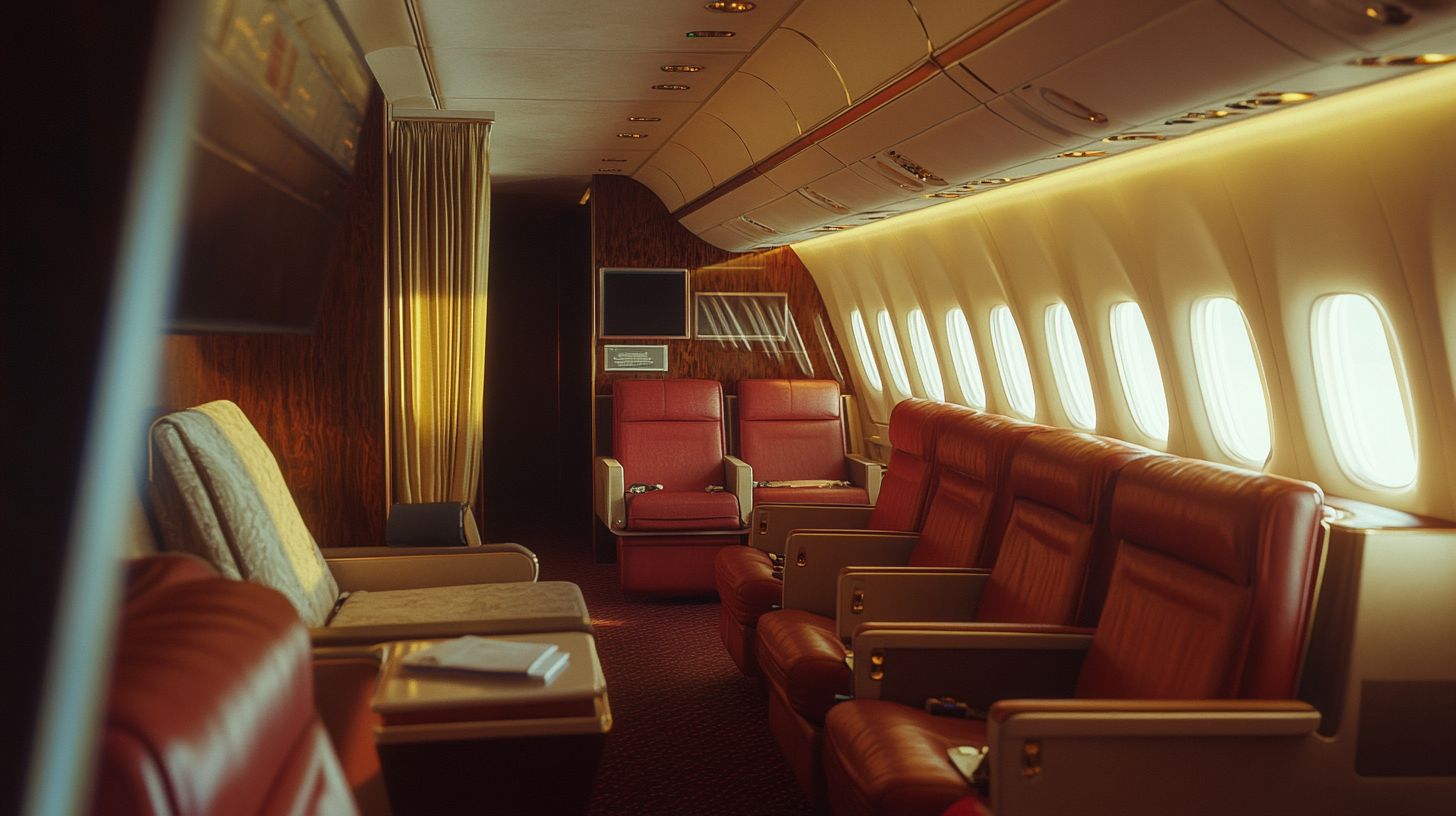
Airlines around the world offer varying levels of service within their premium cabins, and the distinctions can be significant. For instance, carriers like Lufthansa, Air France, and Emirates are renowned for their exceptional first class services. Emirates’ first class on the Airbus A380 features private suites with sliding doors, personal minibars, and access to an onboard shower spa, providing an unrivaled level of luxury. Similarly, Singapore Airlines offers suites with separate beds and chairs, effectively giving passengers their own private room in the sky. These airlines invest heavily in creating a first class experience that is truly extraordinary, catering to discerning travelers who seek the utmost in comfort and exclusivity.
Conversely, some airlines have phased out first class in favor of enhancing their business class offerings. For example, airlines like Turkish Airlines and Scandinavian Airlines (SAS) focus on providing an exceptional business class experience, often including lie-flat seats, high-quality dining, and personalized service. This shift reflects a trend toward prioritizing practicality and comfort over the opulence traditionally associated with first class. Many travelers, especially business professionals, value the enhanced amenities of business class without the additional cost of first class. As a result, airlines are enhancing business class amenities to meet the evolving preferences of their customers.
Cabin Features and Amenities
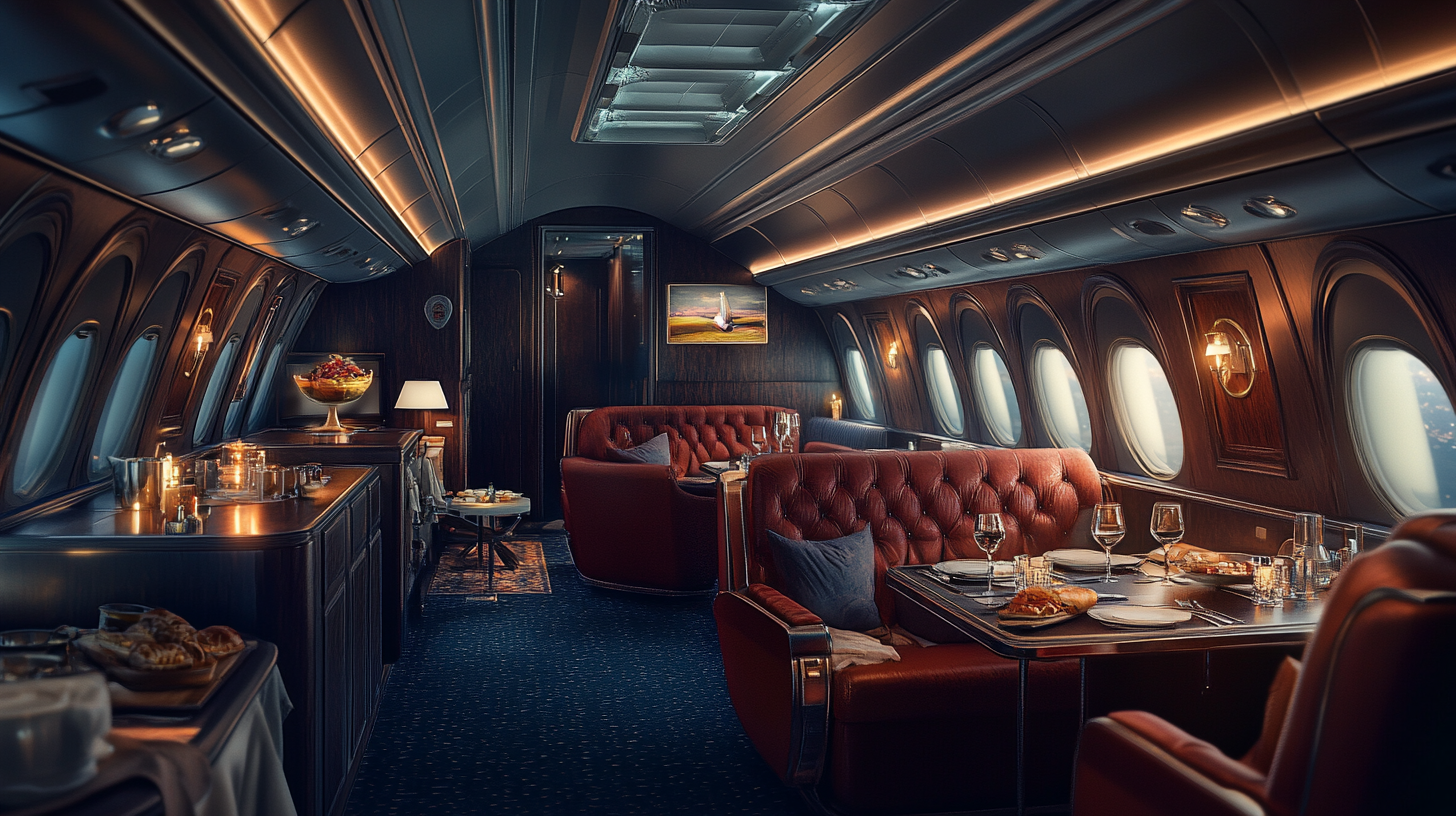
Seating Configurations
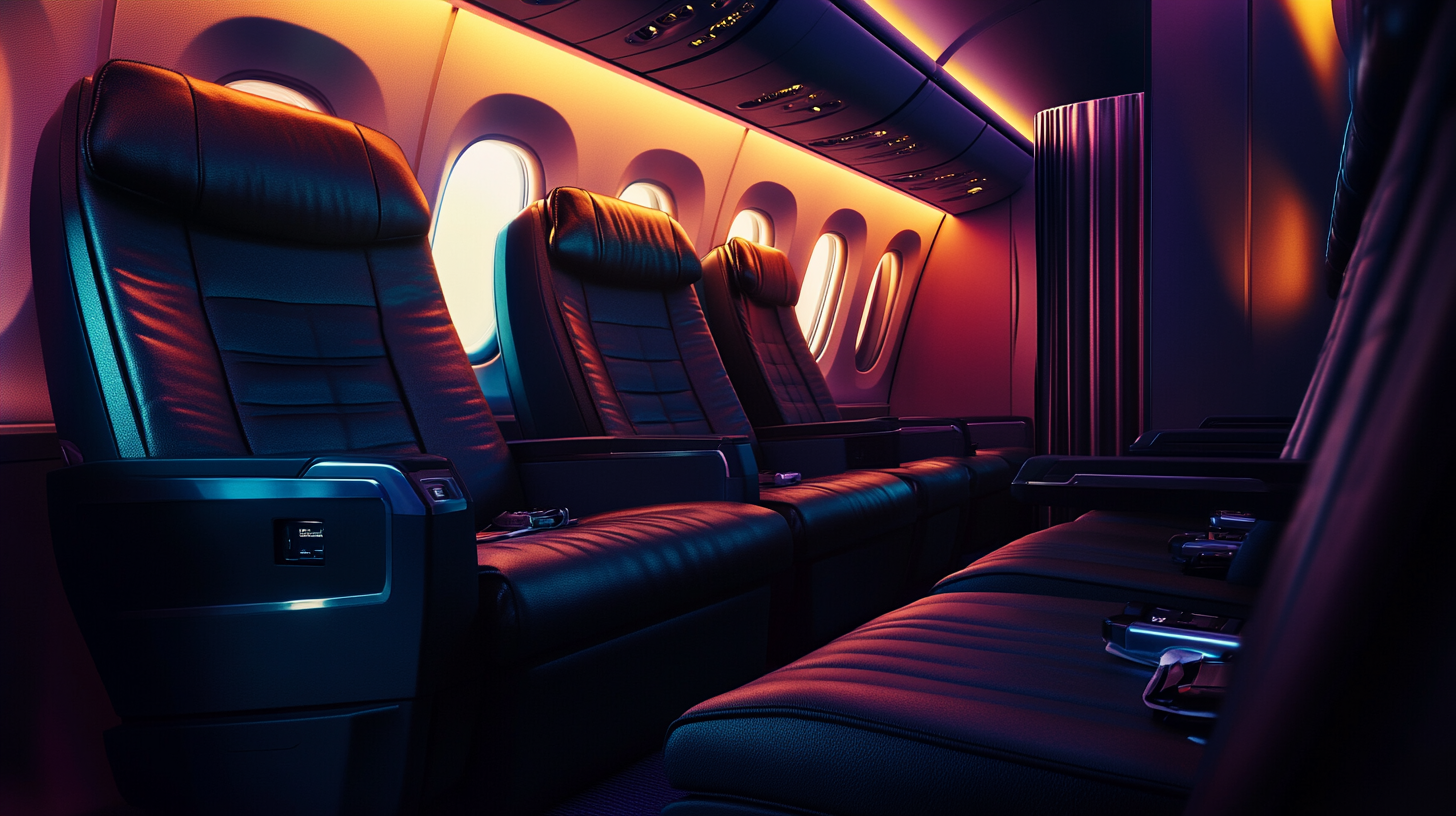
The most noticeable difference between first and business class lies in the seating arrangements and level of privacy provided. First class cabins often feature spacious private suites or semi-private areas with fully lie-flat beds, offering unparalleled privacy and comfort. These suites may be equipped with sliding doors or curtains for complete seclusion, personal wardrobes for storage, and even amenities like onboard showers and vanity areas on select airlines such as Emirates and Etihad Airways. The seating often includes high-resolution personal entertainment systems, adjustable mood lighting, and luxury bedding, creating an oasis of tranquility amidst the clouds.
Business class seats, while highly comfortable and increasingly sophisticated, typically offer lie-flat beds without the comprehensive privacy of first class suites. Seat configurations may vary greatly among airlines; some provide “herringbone” layouts, while others opt for staggered or reverse herringbone designs to maximize space and privacy. Many modern business class cabins ensure that passengers have direct aisle access, eliminating the need to climb over fellow travelers. For example, airlines like Delta Air Lines offer the Delta One Suites in business class, featuring sliding doors and additional privacy, blurring the lines between business and first class. Comparing airline seating configurations can help travelers understand the differences and choose the best option for their needs.
In-Flight Services
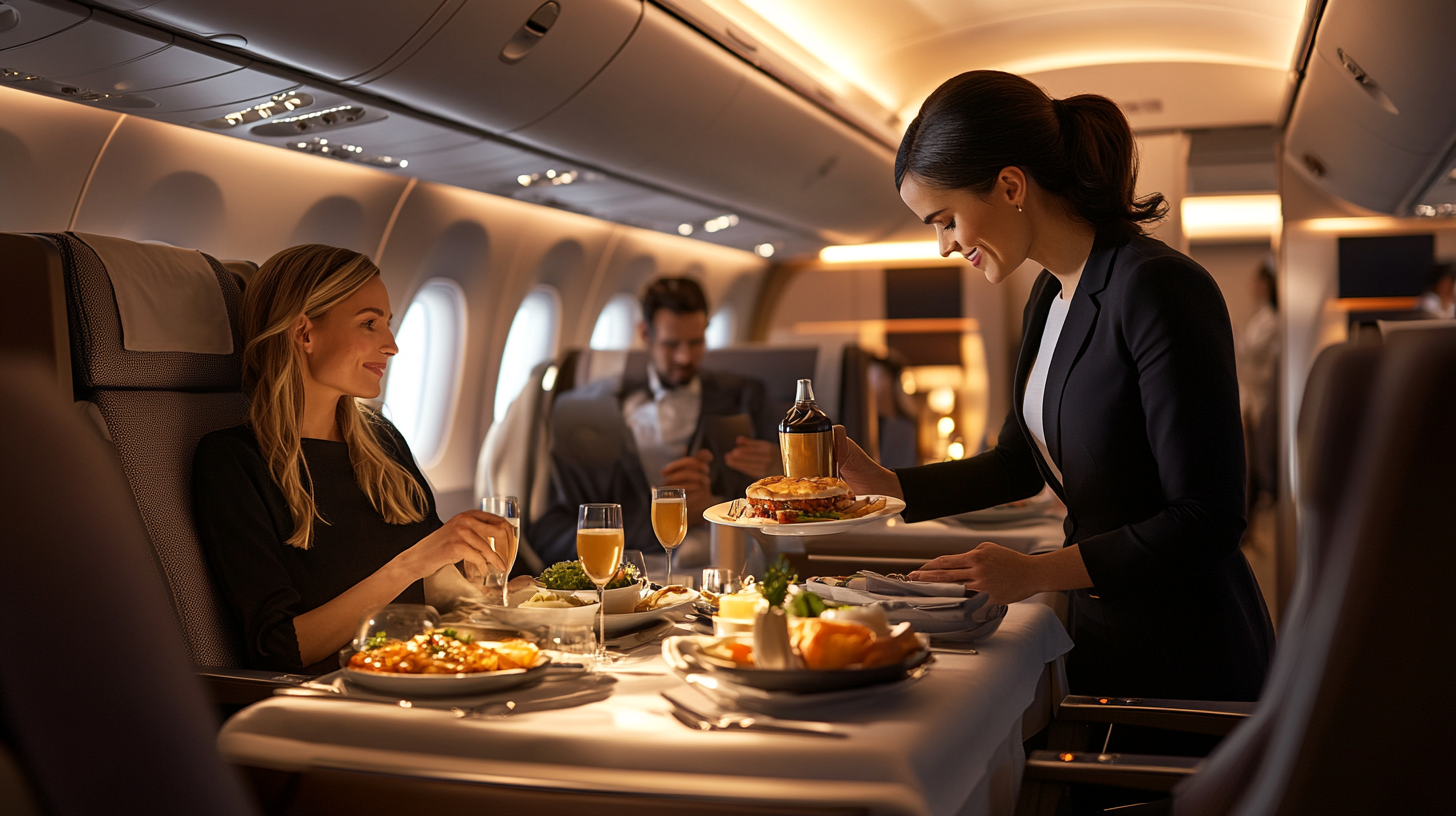
First class passengers enjoy an elevated level of personalized service that begins even before boarding the aircraft. From dedicated check-in counters to priority security screening and boarding, every aspect is designed for convenience and exclusivity. Onboard, the cabin crew-to-passenger ratio is significantly higher, allowing for more attentive and customized attention. Flight attendants often address passengers by name and cater to individual preferences, creating a tailored experience. Amenities may include designer pajamas, high-end skincare products from luxury brands like La Mer or Bulgari, plush bedding with high thread count linens, and state-of-the-art noise-canceling headphones. Some airlines even offer turndown services, transforming your seat into a comfortable bed complete with mattress pads and duvets.
Business class services, while excellent, are less personalized due to a higher number of passengers in the cabin. Nonetheless, amenities focus on comfort and practicality, ensuring a restful journey. Passengers can expect comfortable lie-flat seats, high-quality headphones, amenity kits with essential toiletries, and attentive service from the crew. The in-flight entertainment systems are typically top-notch, offering a wide selection of movies, music, and games. While the level of pampering may not match that of first class, business class provides a significant upgrade over economy, balancing luxury with efficiency. Business class amenities explained can offer further insights into what to expect.
Dining Experiences

Gastronomy plays a significant role in distinguishing first class from business class, elevating the in-flight experience to new heights. First class travelers can expect gourmet meals crafted by renowned chefs, with airlines often partnering with culinary experts and Michelin-starred restaurateurs to design their menus. For example, Air France collaborates with celebrated chefs like Joël Robuchon and Alain Ducasse to curate exquisite dishes. Meals are served on fine china with silverware, and presentations are meticulously arranged to delight the senses. Passengers can savor premium selections such as foie gras, Wagyu beef, and delicacies like caviar. The beverage selections include the finest champagnes—often vintage varieties from prestigious houses like Dom Pérignon or Krug—and an extensive wine list chosen by expert sommeliers. The dining experience is akin to that of a high-end restaurant, with the option to dine on demand according to your schedule.
Business class meals are highly enjoyable and often feature multi-course offerings that surpass standard airline fare. Menus may include a choice of entrees, appetizers, salads, and desserts, all thoughtfully prepared. Airlines may still collaborate with notable chefs to enhance their business class dining. Beverages include quality wines, spirits, and champagne, albeit not always the premium brands found in first class. While the service may be more scheduled and less personalized, the overall dining experience in business class remains a significant upgrade from economy class. For food enthusiasts looking to explore this aspect further, consider reviewing business class dining reviews for specific airlines.
Airport and Lounge Access
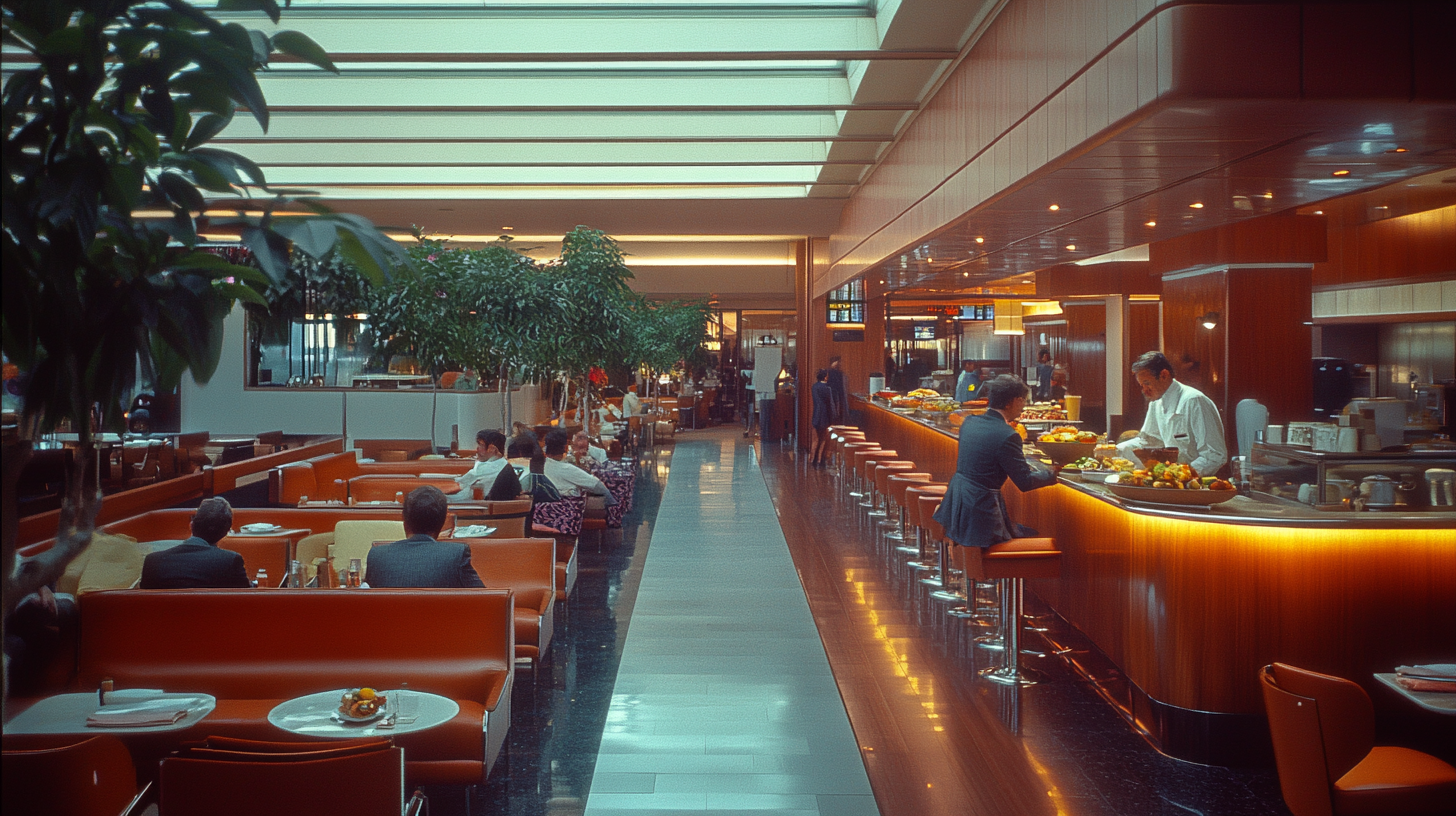
First Class Lounges
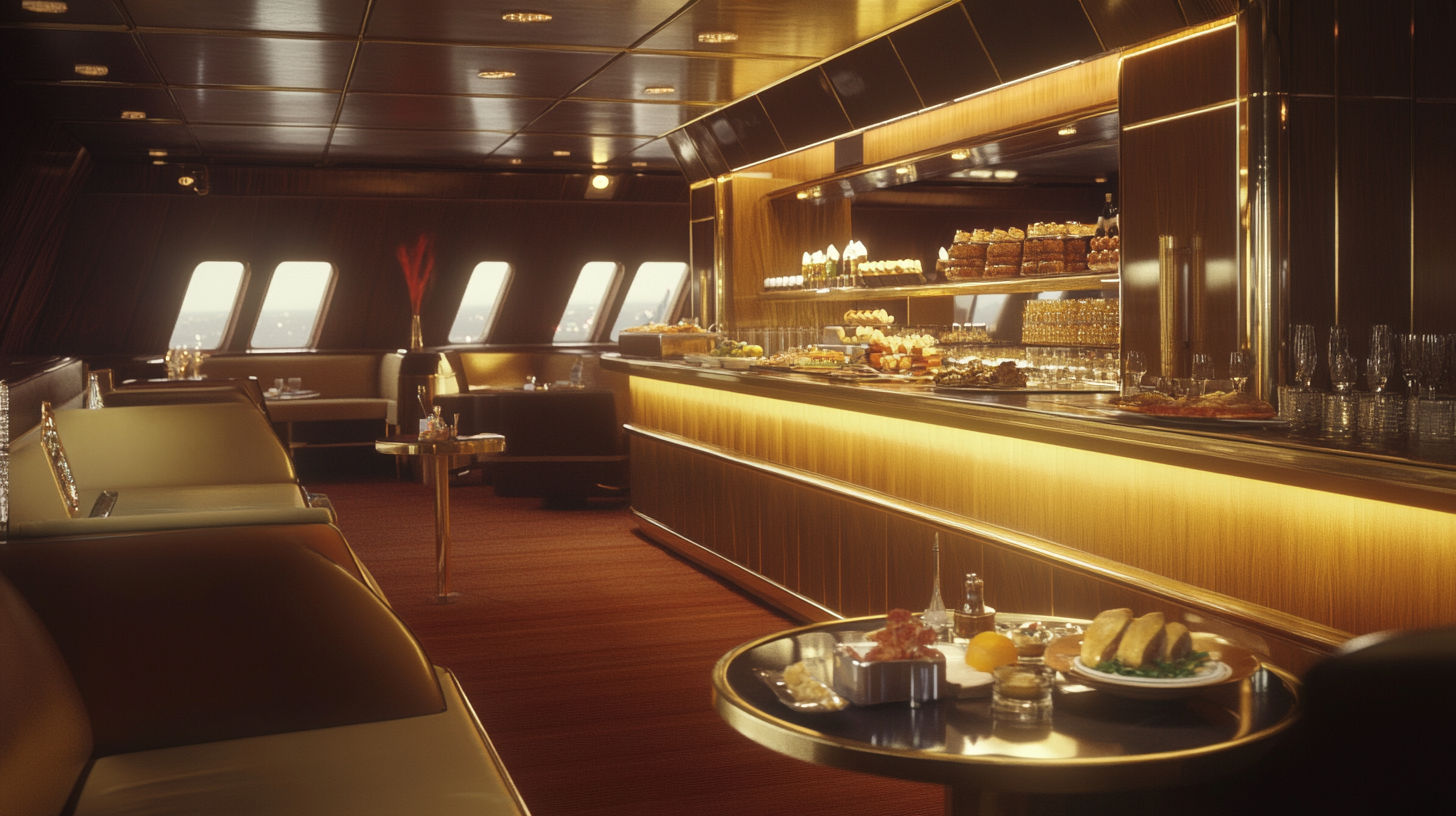
First class lounges epitomize exclusivity and luxury, serving as tranquil sanctuaries away from the bustling airport terminals. These spaces often feature elegant design elements, comfortable seating areas, and personalized services. Amenities can include fine dining restaurants with à la carte menus prepared by gourmet chefs, full-service bars with premium spirits and champagnes, and extensive wine cellars. Spa services are a hallmark of first class lounges, offering treatments such as massages, facials, and even full-service hair salons, allowing passengers to relax and rejuvenate before their flight. Private relaxation rooms or sleeping suites may be available for those needing rest during long layovers. Some lounges also provide exclusive amenities like cigar rooms or art galleries.
Additionally, first class passengers may receive direct transportation to the aircraft via luxury vehicles. For instance, Lufthansa’s First Class Terminal in Frankfurt offers a chauffeured ride to the plane in a Porsche or Mercedes-Benz, ensuring a seamless and private boarding experience. These personalized touches contribute to a feeling of being pampered from the moment you arrive at the airport. For a closer look at these exclusive facilities, consider exploring the world’s best first class lounges.
Business Class Lounges
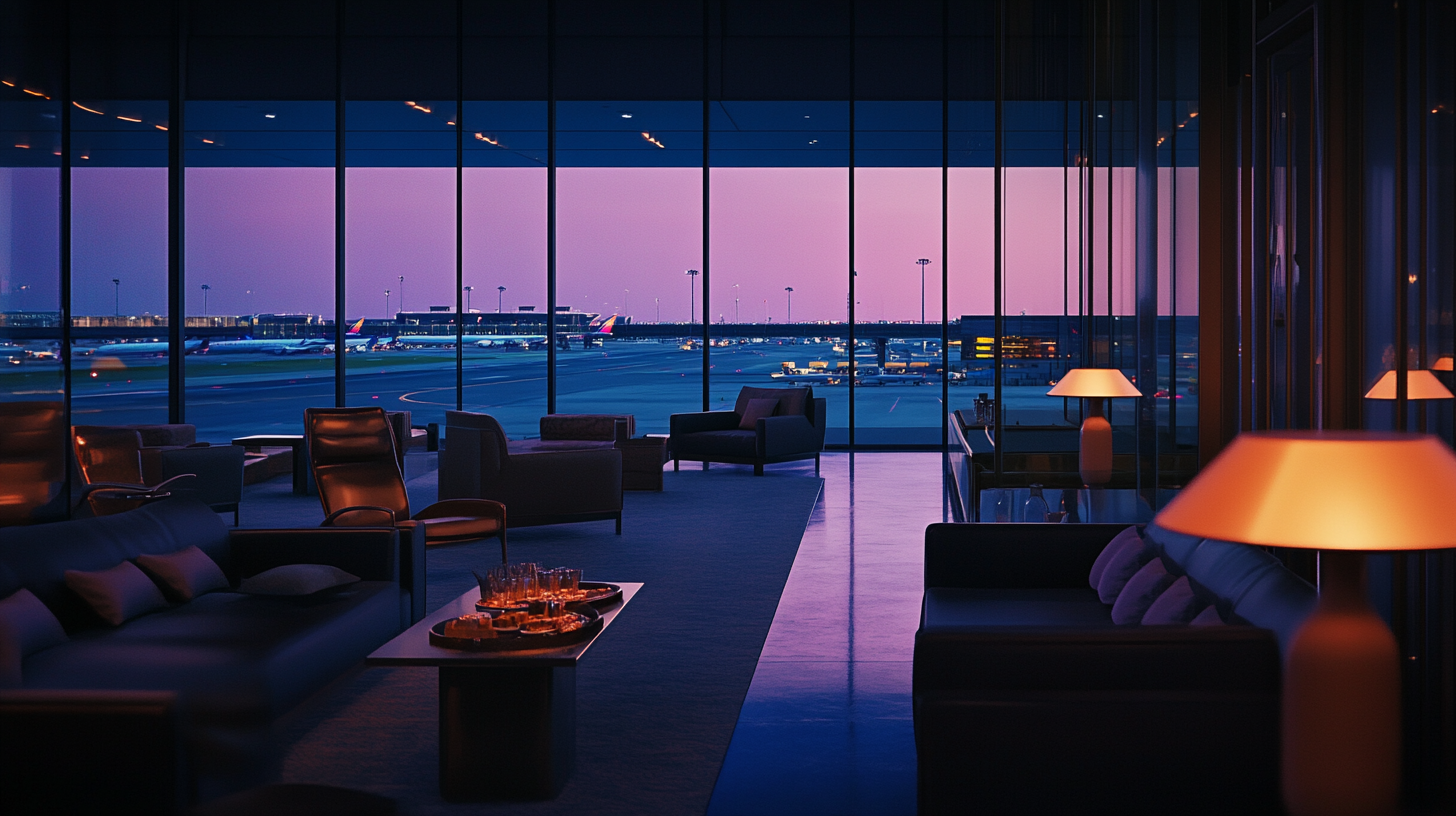
Business class lounges offer a comfortable and convenient environment for travelers to relax, refresh, or catch up on work before a flight. These lounges typically feature ample seating areas with comfortable chairs and sofas, creating a calm atmosphere away from crowded gate areas. Amenities include buffet-style dining with a selection of hot and cold dishes, complimentary beverages ranging from soft drinks to wines and spirits, and well-stocked snack bars. High-speed Wi-Fi access is standard, allowing passengers to stay connected, and business centers are often available with computers, printers, and quiet workspaces.
Additional amenities may include shower facilities, newspaper and magazine selections, and entertainment options like televisions or even game rooms in some locations. While business class lounges provide an elevated pre-flight experience, they generally lack the exclusivity, fine dining, and personalized services found in first class lounges. Nonetheless, they offer significant benefits over waiting in the main terminal. For those interested in maximizing their lounge experience, a guide to business class lounges can provide useful tips.
Pricing and Value
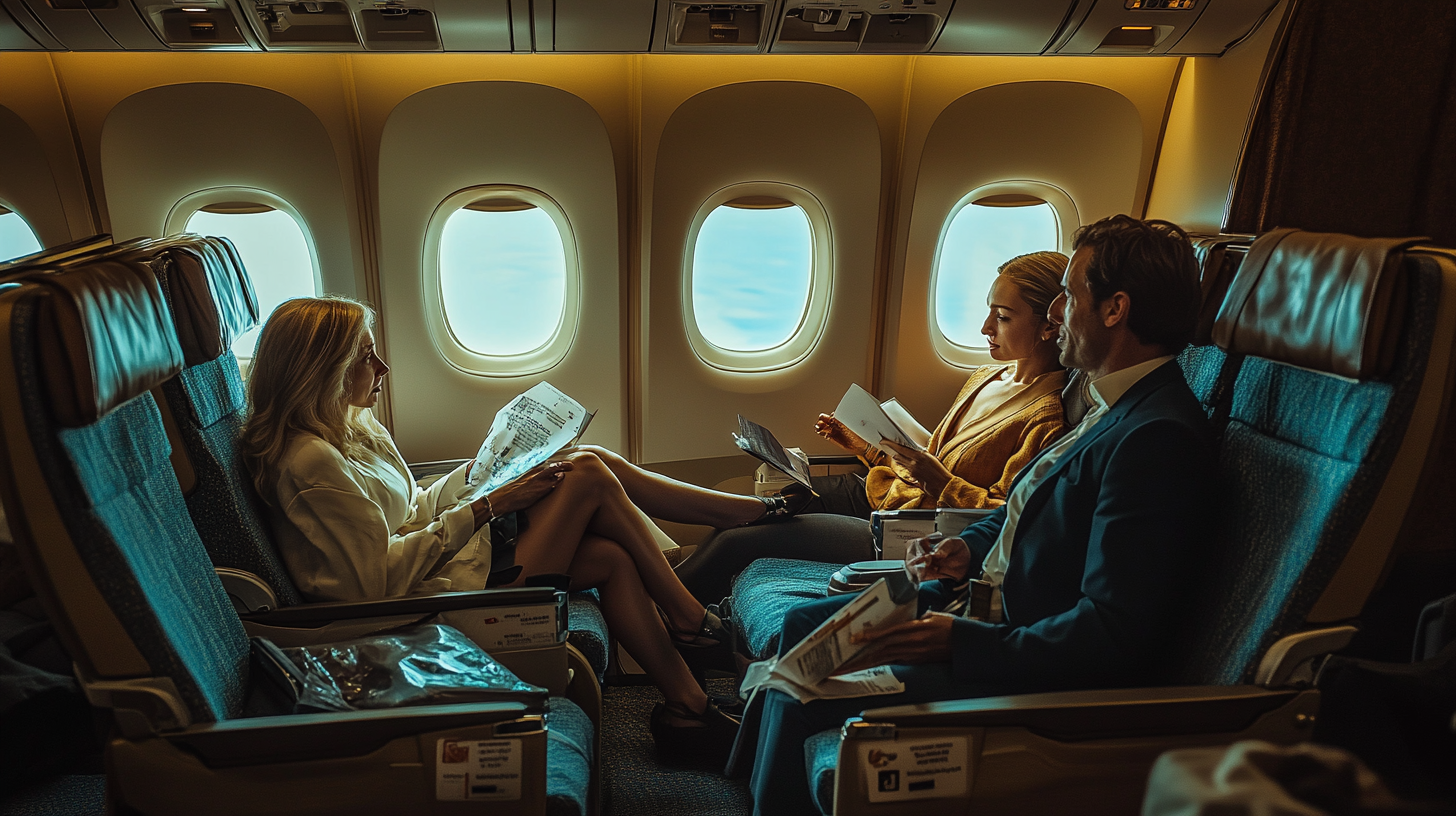
The cost difference between first and business class can be substantial, often representing a significant investment for travelers. On international long-haul flights, first class tickets can be priced at least double that of business class, and sometimes even more. For example, a round-trip first class ticket from New York to Tokyo could cost upwards of $20,000, while a business class ticket on the same route might be around $7,000 to $10,000. This gap reflects the enhanced level of luxury, privacy, and personalized service offered in first class. However, for many, the question arises: Is the additional expense justified by the incremental benefits?
The answer often depends on individual priorities, preferences, and the purpose of travel. For some, the unparalleled comfort, privacy, and exclusive amenities of first class are well worth the cost, particularly for special occasions or when maximizing rest on long journeys is critical. For others, business class provides a satisfactory balance of comfort and value. Understanding the pricing dynamics and evaluating what you value most in your travel experience is essential. Calculating the value of first class can offer insights into making an informed decision.
Upgrades and Rewards
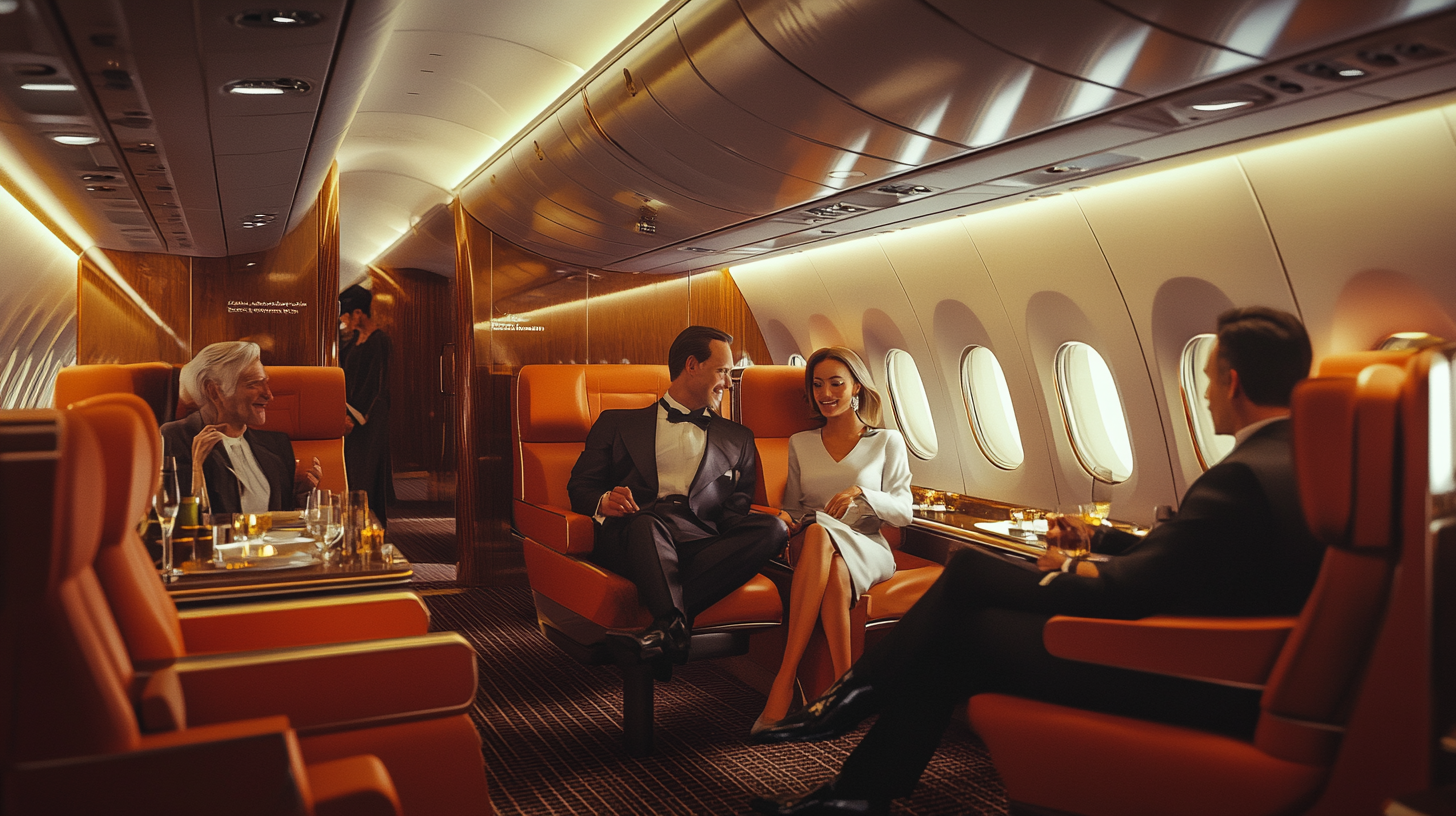
Travelers looking to experience premium cabins without paying full price have several options at their disposal:
- Cash or Miles Upgrades: Airlines frequently offer the opportunity to upgrade for a fee or using loyalty program miles. For instance, you might purchase an economy ticket and then use accumulated miles to upgrade to business or first class. This can be a cost-effective way to enjoy premium services.
- Elite Frequent Flyer Status: Passengers with elite status in an airline’s loyalty program may receive complimentary upgrades on certain flights or have priority when requesting upgrades. Achieving elite status often requires flying a certain number of miles or segments within a year.
- Bidding Systems: Some airlines have introduced upgrade bidding systems, where economy or business class passengers can place a bid for an upgrade to the next class of service prior to departure. If the bid is accepted, the passenger enjoys the upgraded service at a potentially lower cost than purchasing outright.
- Credit Card Rewards: Utilizing travel credit cards that offer airline miles or points can help accumulate rewards redeemable for premium class tickets. Some credit cards also offer companion certificates or annual travel credits that can be applied toward upgrades.
It’s advisable to research and compare options to maximize value based on individual needs and budgets. Tools like best strategies for flight upgrades can provide guidance on how to increase your chances of securing an upgrade.
Current Trends in Premium Air Travel
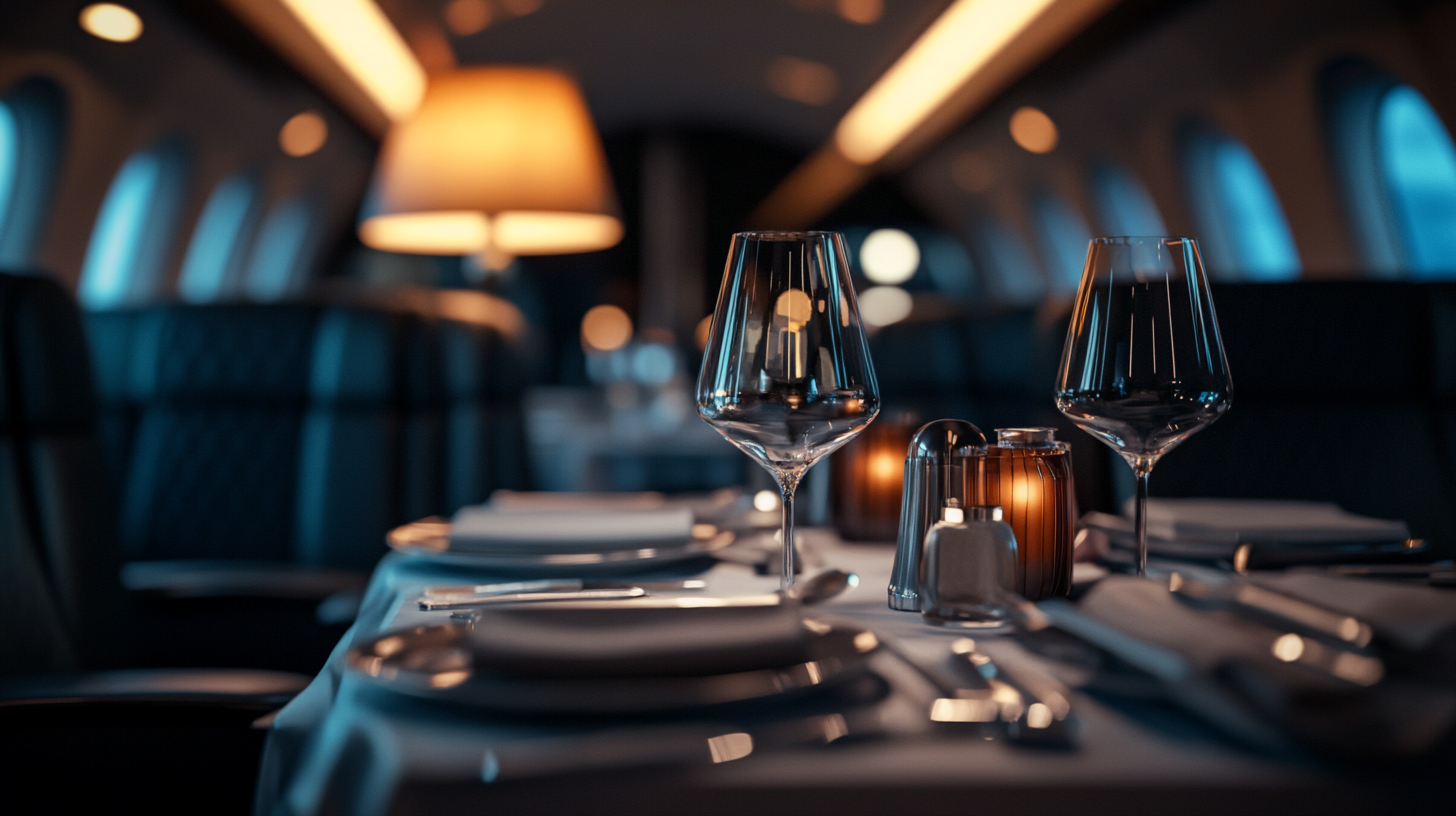
Airlines are increasingly reevaluating their premium class offerings in response to market demand, competition, and operational costs. There is a noticeable trend toward reducing first class cabins or eliminating them altogether in favor of expanding business class seating. Airlines such as Qantas and United Airlines have scaled back their first class services on certain routes, investing instead in upgrading their business class cabins with features like enhanced privacy, lie-flat seats, and improved dining options. This shift reflects the demand for a balance between luxury and practicality, with business class becoming the new standard for premium travel.
The distinctions between first and business class are also becoming less pronounced, particularly on domestic flights and shorter international routes. As airlines enhance their business class products, some of the exclusive features of first class—such as direct aisle access, lie-flat beds, and high-quality dining—are now available to a broader market of travelers. Additionally, the introduction of premium economy class has further diversified options, offering an intermediate level of comfort at a lower price point than business class.
Technological advancements and innovations, such as the development of new seat designs and in-flight entertainment systems, contribute to these evolving trends. Understanding these shifts can help travelers make more informed decisions, and exploring the latest trends in airline cabins may provide further insights.
Making the Right Choice
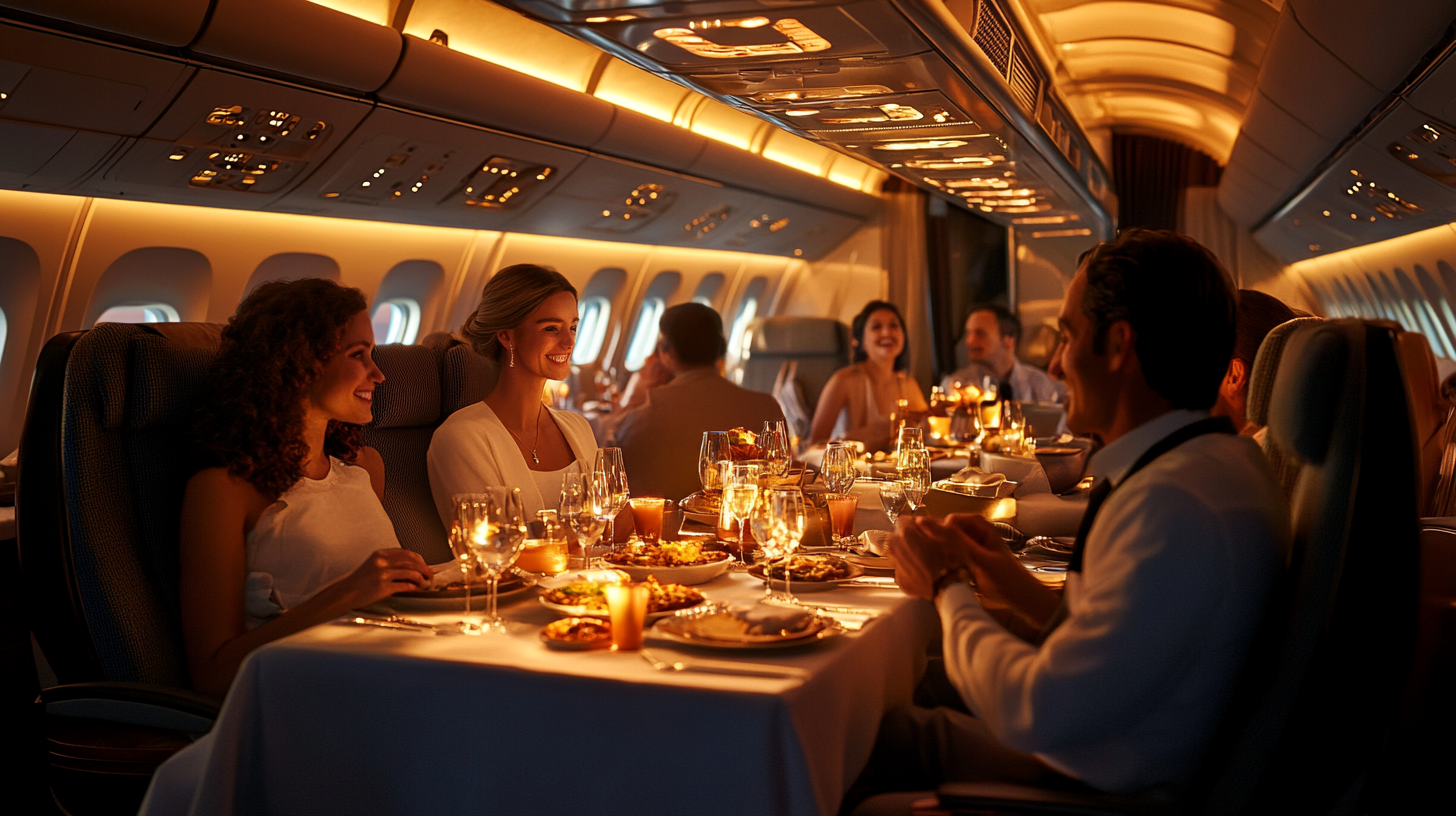
Factors to Consider
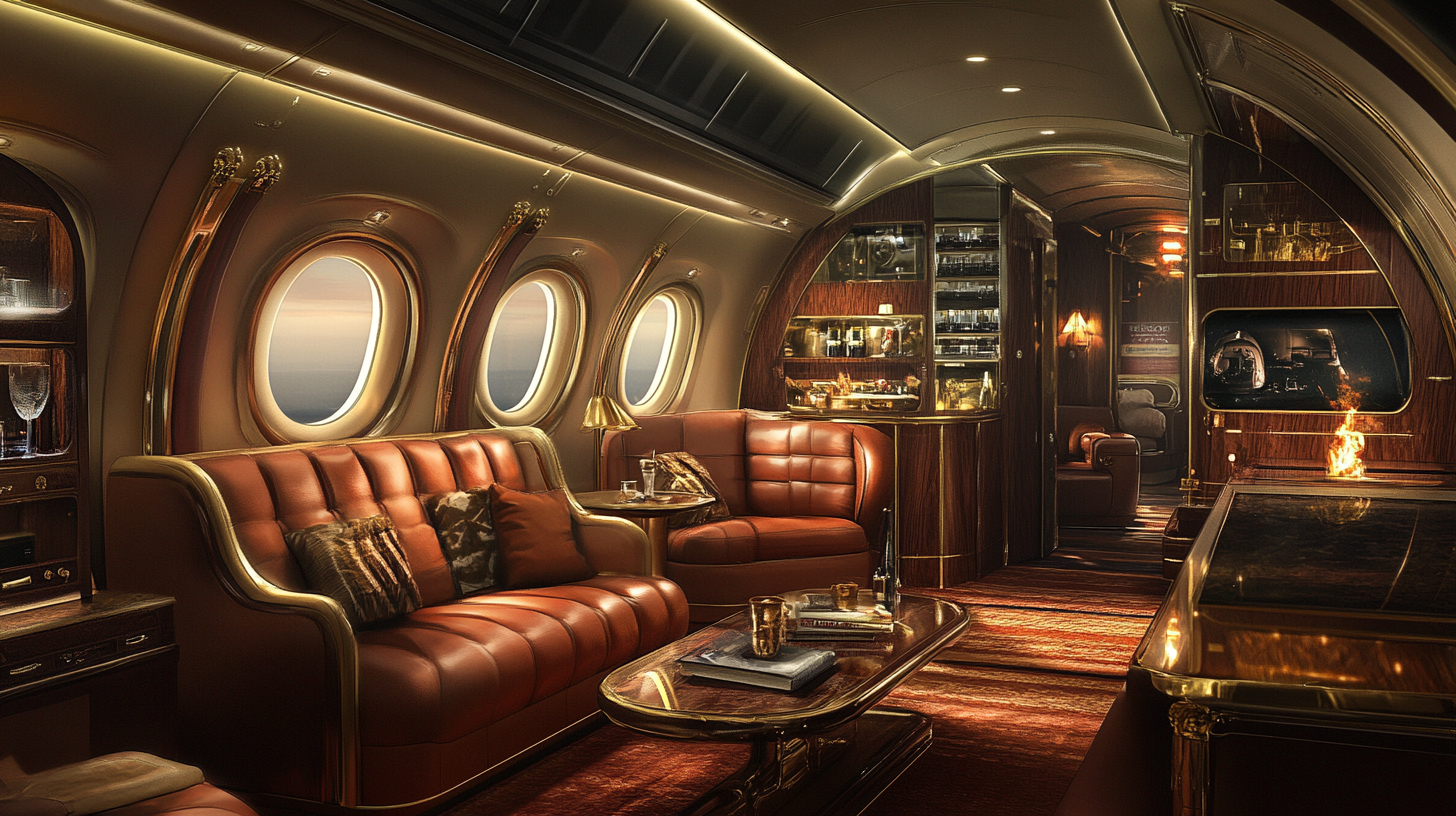
When deciding between first and business class, consider the following factors to ensure you make a choice that best suits your needs:
- Budget: Assess your willingness to invest in your travel experience. Determine whether the additional cost of first class aligns with the value you place on the extra amenities and services. If budget constraints are a significant consideration, business class may offer a satisfactory balance of comfort and affordability.
- Flight Duration: On long-haul flights, the enhanced comfort, privacy, and ability to sleep soundly in first class may significantly impact your travel experience and well-being upon arrival. For shorter flights, the differences may be less pronounced, making business class a more practical choice.
- Personal Preferences: Evaluate the importance of exclusivity, personalized service, and luxury in your travel. If you highly value privacy, fine dining, and top-tier amenities, first class may provide the experience you desire. Consider how much these factors contribute to your overall enjoyment and satisfaction.
- Airline Specifics: Research the specific offerings of airlines on your intended route, as amenities can vary widely. Some airlines have exceptional business class products that rival or even surpass the first class offerings of other carriers. Reading reviews and comparing airline class comparison charts can help you understand the differences.
Research and Planning

To ensure the best experience when choosing between first and business class, thorough research and planning are essential. Here are some steps to guide you:
- Check the Airline’s Aircraft Type and Cabin Layout: Airlines may operate different aircraft types on the same route, each with varying cabin configurations and amenities. Use the airline’s website or seat selection tools to view the seat maps and understand the level of privacy, seat features, and overall cabin environment you can expect.
- Read Reviews of the Specific First or Business Class Product: Independent reviews, travel blogs, and passenger feedback can provide valuable insights into the actual experience. Websites like SeatGuru or airline review sites offer detailed accounts of seat comfort, service quality, and amenities. First-hand reviews of premium classes can help you set realistic expectations.
- Consider the Benefits of Airline Loyalty Programs and Credit Card Rewards: Enrolling in airline loyalty programs or using travel rewards credit cards can enhance your travel experience. Accumulating miles or points may make it feasible to upgrade your class of service, access lounges, or enjoy other perks that add value to your journey. Plan ahead to maximize these benefits.
- Timing and Flexibility: Flight prices can fluctuate based on demand, seasonality, and booking windows. Being flexible with your travel dates or booking well in advance may yield better prices for premium cabins.
- Consult with a Travel Professional: Travel agents or consultants specializing in luxury travel can assist in finding the best deals and provide personalized recommendations based on your preferences.
Final Thoughts
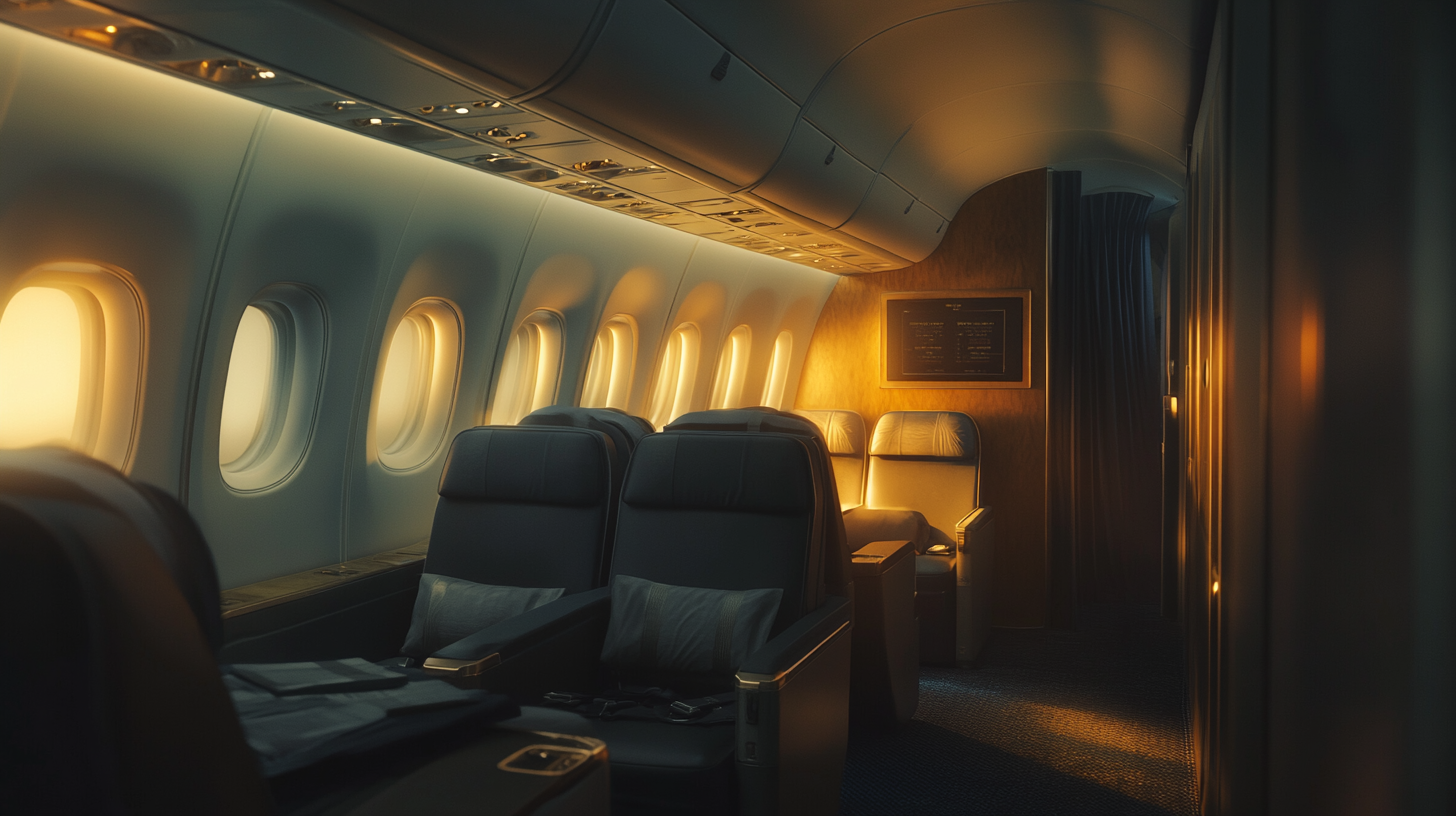
Choosing between first class and business class involves weighing the value of luxury, comfort, and cost to determine what matters most to you in your travel experience. First class offers the pinnacle of air travel luxury, with unparalleled services and amenities that transform flying into an indulgent delight. Business class, on the other hand, provides a highly comfortable and practical alternative that surpasses economy class by a significant margin, often delivering many of the comforts needed for a pleasant journey.
As airlines continue to adapt their premium offerings, staying informed about the latest trends and amenities is essential. Advancements in technology, evolving traveler preferences, and competitive pressures continue to shape the landscape of premium air travel. By understanding the differences and carefully considering your personal preferences, needs, and budget, you can select the class that best suits your travel requirements.
Follow us back to Seat 5A for more insights and updates on premium air travel. Whether you opt for the opulence of first class or the refined comfort of business class, informed choices lead to more satisfying travel experiences. Remember, the journey is as important as the destination, and making the right choice ensures that your time in the skies is as enjoyable as possible. Bon voyage!

